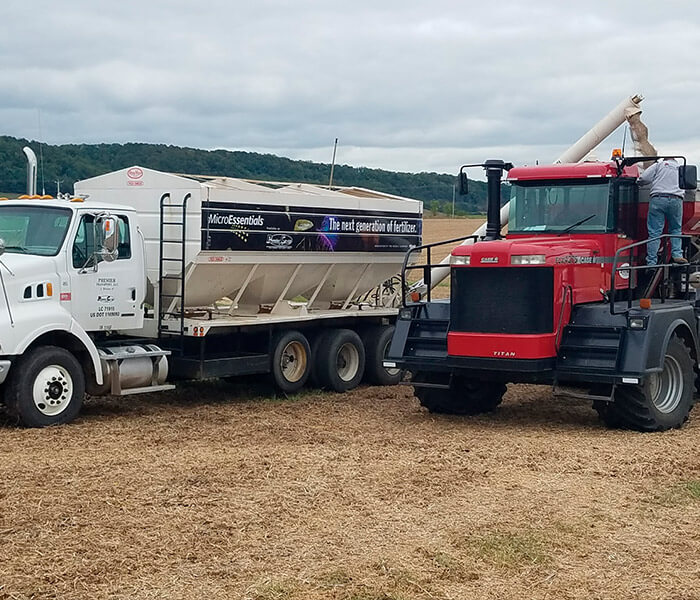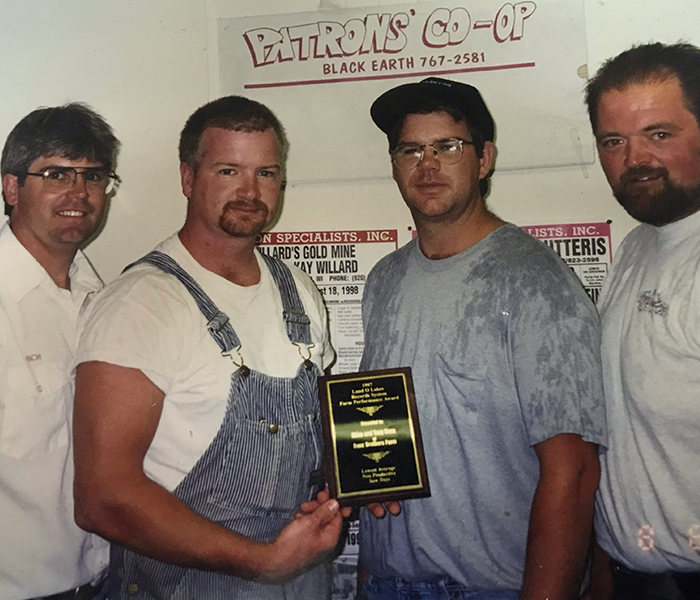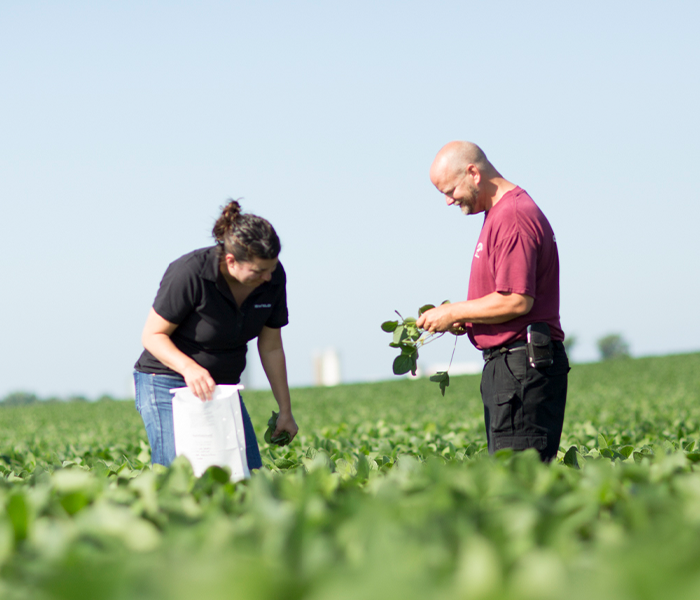Thank you, Rich!
I have given it a lot of thought and have decided that after working in the ag nutrition field for 37 years, it is time to retire. Not from agriculture altogether, but to work on my family farm alongside my children and grandchildren.
First, I want to thank my present and past customers for their business and the support that they have given me throughout the years.
I have seen many changes in the feed business over the past 37 years. When I started working in the Cooperative system in 1985, I worked in both the feed and agronomy side. After working in the feed mill, I would then deliver the feed with a bulk truck, sometimes pulling a fertilizer spreader along behind to make the trip more efficient!
In those days, you worked with all species of animals. I also worked with the agronomy department making recommendations for seed, fertilizer and crop protection.
When I began doing feed rations, they weren’t done on a computer. They were done by hand using the Pearson Square method. A few years later, we began doing rations on a computer, which had a whole room devoted to it because of its size. It didn’t have a hard drive; only a floppy drive, so you had to print all of your work because it couldn’t be saved on the computer. Around 1987, I used a portable computer and was able to take it on site to the farms to demonstrate to the producers how I could use it to generate a ration. This new-age computer had a built-in printer that used paper on a roll. When you printed, the paper would come rolling out of the computer. After a couple of months, the printed rations would basically self-destruct because the ink would fade out.
By the early 1990’s, most consultants started working with either the feed or agronomy side, but not both. By the early 2000’s, we were becoming specialized in working with specific animal species.
I have enjoyed getting to know my customers, their families and their operations. You know you have been in the business a long time when you are now working with the second and third generations on some of the farms that you work with. I will remember these friendships for the rest of my life. In closing, I wouldn’t be where I am today without the help of God, my family and all of my great co-workers who make this a great place to work.
Rich Strutt
Animal Nutritionist



